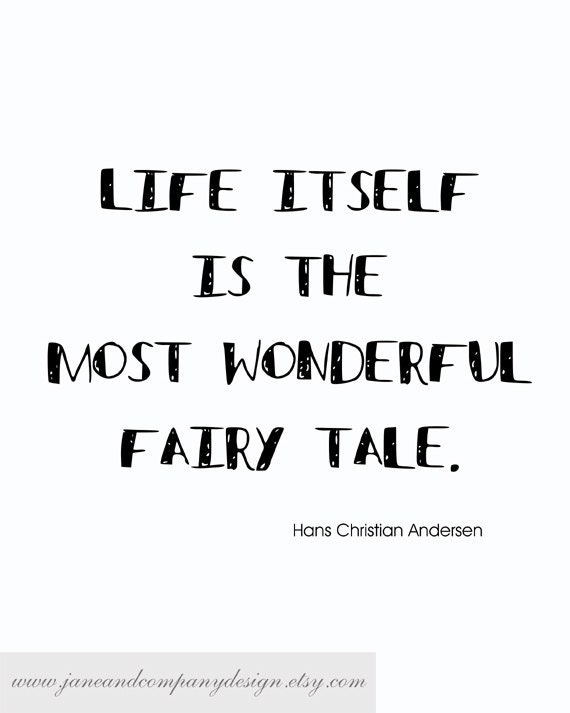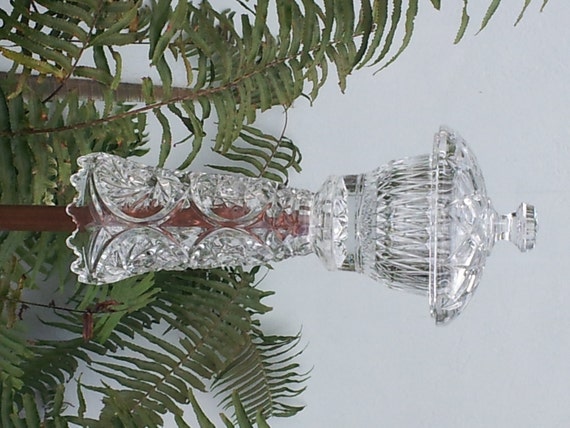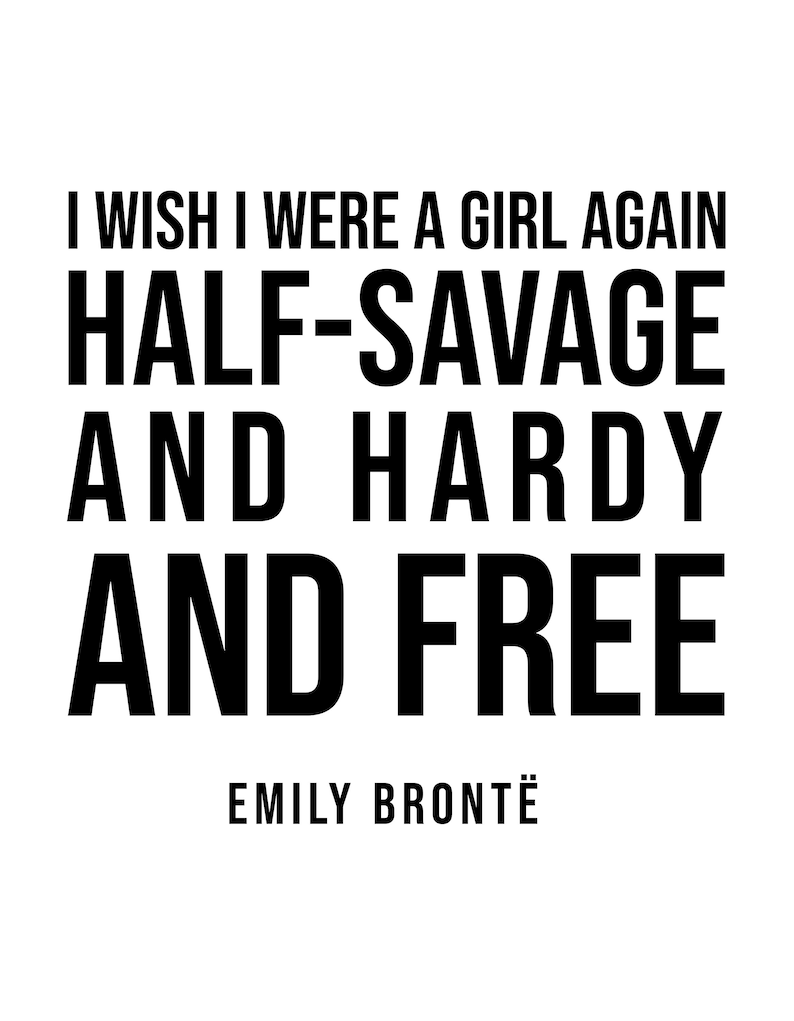

Shortly afterward, when he was nineteen, his mother, who was forty-seven, died of what might have been a stroke or meningitis. He left Rugby in 1849 and two years later entered Christ Church College at Oxford. There Lewis Carroll showed particular aptitude for mathematics.

Rugby School was a highly prestigious and rigorous school run by Thomas Arnold, a renowned schoolmaster and the father of the great Victorian critic and poet, Matthew Arnold. He was schooled at home at first, but when he was twelve he was sent to a private school in Richmond and at fourteen he was sent to Rugby School in Warwickshire, which his father had also attended. When Carroll was eleven, his father was transferred to Yorkshire, and the family moved into the large rectory and remained there for some twenty-five years.

The Reverend Charles Dodgson, Carroll's father, was the vicar in Daresbury. He was the third of eleven children, mostly girls. Lewis Carroll was born Charles Lutwidge Dodgson in Daresbury, Cheshire, in the northwest of England, on January 27, 1832. "The Walrus and the Carpenter" appears in chapter four of Through the Looking Glass and is available in the 1998 Oxford World Classics edition of Alice's Adventures in Wonderland & Through the Looking Glass, New American Library, New York, 1960. Oysters may represent prey the sea may stand for the safety of home, while the beach may suggest the danger of the outside world where there is no sure foundation, only sand. Walrus and carpenter, for example, may represent predators Each element of the poem can stand for something else that remains undefined in the poem but that may be introduced by each reader. Beyond that, however, it is suggestive of something that is being expressed symbolically. Additionally, the poem functions, like the other famous set of verses in Through the Looking Glass, "The Jabberwocky," the way a cadenza does in a concerto, to show off the composer's technical virtuosity and mastery of form for the delight of the listeners or, in this case, the readers.Įxtricated from its context and considered as a freestanding work, "The Walrus and the Carpenter" is a bizarre animal fable seemingly devised by topsy-turvy Aesop, offering a moral warning against following seductive strangers. Inside Through the Looking Glass, "The Walrus and the Carpenter" reflects the world that Alice has entered when she went through the looking glass to the other side of it, where everything is perversely inverted, accounting for what seems to be the nonsense of the verse. The verse is recited to Alice by Tweedledee, one of "two fat little men," Tweedledee and Tweedledum, whom Alice encounters as she is seeking the way out of the forest of confusion through which she has been wandering. "The Walrus and the Carpenter" first appeared in 1871, in Lewis Carroll's Through the Looking Glass, the sequel to his Alice's Adventures in Wonderland (1865).


 0 kommentar(er)
0 kommentar(er)
